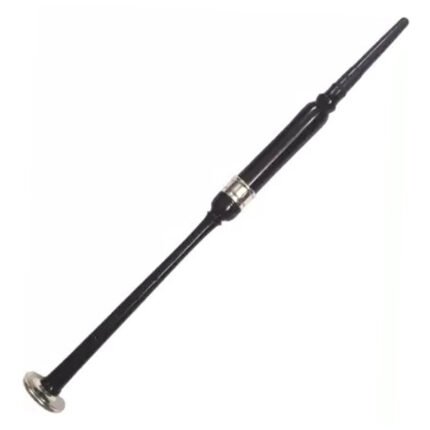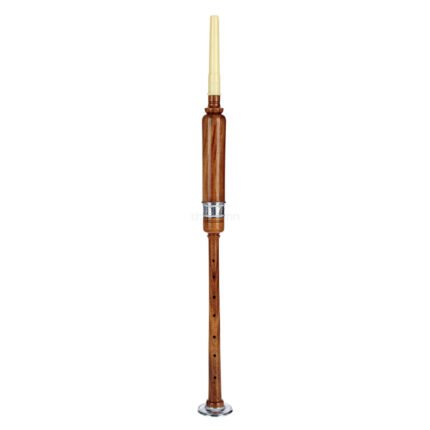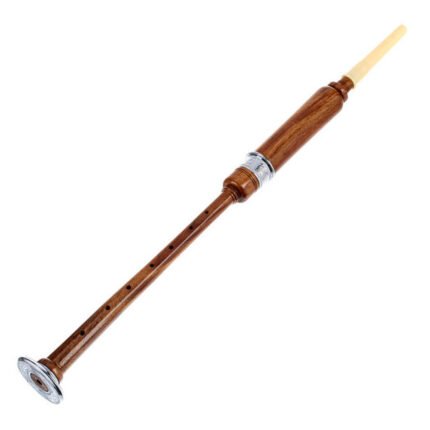PRACTICE CHANTERS
Best bagpipe practice chanter
In the realm of bagpipe learning, the practice chanter stands as a fundamental and indispensable tool. Serving as a precursor to the full bagpipe, the practice chanter allows musicians to hone their skills and master the intricacies of fingering, breath control, and melody. Crafted with precision and designed for focused practice, this instrument provides a platform for both beginners and seasoned players to refine their techniques before advancing to the complexity of the bagpipes.
Purpose of the Collection Page
This collection page is curated with a singular purpose — to guide bagpipe enthusiasts in discovering the best bagpipe practice chanters available. Whether you’re a novice eager to embark on a musical journey or an experienced piper seeking an upgrade, this page aims to provide insights, recommendations, and a diverse selection to cater to the unique needs and preferences of every bagpiper. Join us in exploring the world of bagpipe practice chanters, where precision meets passion, and musical excellence begins.
Material and Construction
Impact on Sound Quality:
The choice of material significantly influences the sound produced by best bagpipe practice chanter. Wooden chanters, such as those crafted from rosewood or African blackwood, often deliver a warmer and more resonant tone. Plastic chanters, on the other hand, offer a bright and clear sound. Composite materials strike a balance, combining the durability of synthetics with the tonal qualities of wood.
Durability Considerations:
Wooden chanters, while providing exceptional sound, require careful maintenance and are susceptible to changes in humidity. Plastic chanters are resilient and resistant to environmental factors, making them ideal for outdoor practice. Composite materials, being a fusion of both, offer a compromise, presenting a durable option without sacrificing too much in terms of tonal quality.
Craftsmanship and Design
Traditional vs. Modern Aesthetics:
The craftsmanship and design of practice chanters range from traditional to modern aesthetics. Traditional wooden chanters often feature intricate carvings, paying homage to the instrument’s heritage. Modern chanters, whether made of plastic or composite materials, may have sleek, streamlined designs. The choice here is not only about aesthetics but also about personal preference and the player’s connection to the instrument’s visual identity.
Ergonomic Considerations for Comfortable Playing:
Craftsmanship goes beyond aesthetics; it encompasses the ergonomic design crucial for comfortable playing. Traditional wooden chanters may have a more classic feel, while modern designs often prioritize ergonomic considerations, ensuring that the player’s hands rest comfortably during extended practice sessions. The balance between aesthetics and comfort is a key factor in choosing a practice chanter that aligns with both your musical and physical preferences.






